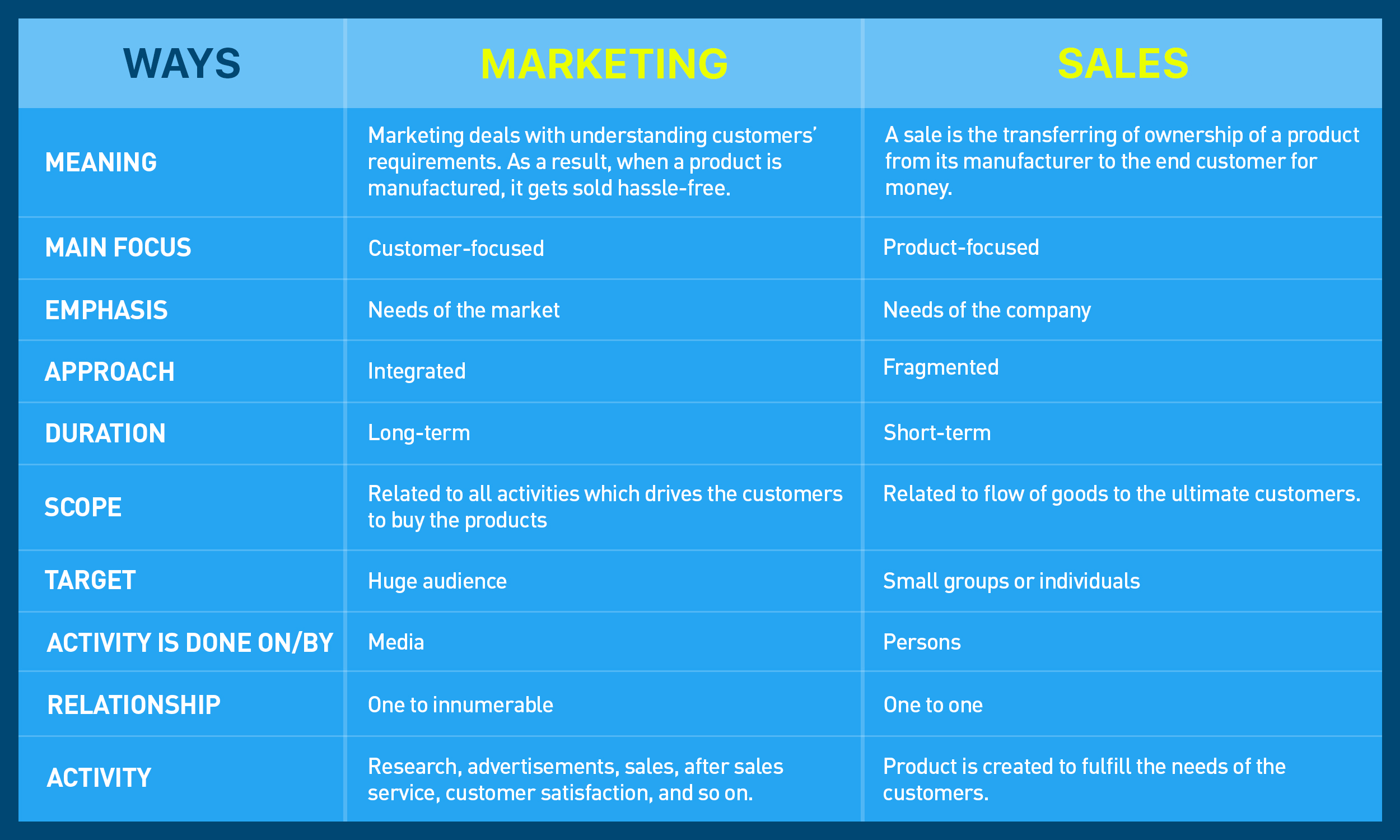Brands and marketers use different social media channels to achieve various business goals, such as reach, followers, audience engagement, sales, etc. Based on your business goals, you need to track appropriate metrics accordingly. It will further help you determine the success of your campaigns.
You may be unsure of which metrics to track. In such situations, share your business goals with an experienced and reliable best social media marketing agency in Singapore. They will help develop effective strategies, inform you of the right metrics to track, and even send you a detailed monthly report on the same. Over time these reports will help you determine how successful your campaigns are in achieving your desired result. This blog will discuss the various social media metrics you should track according to your business goals.
4 Benefits of Tracking Social Media Metrics
Before we discuss the metrics to track for your social media campaigns, let’s discuss why you should track them. If you have difficulty understanding the role each social media metric plays in assessing the success of your campaigns, reach out to your trusted social media agency in Singapore. Tracking social media metrics can offer the following benefits.
Determine what works best for your audience
Tracking social media metrics, such as likes, comments, shares, etc., can help you understand what is working with your audience and what’s not. It will further help you modify your strategies accordingly to improve audience engagement. Besides, you can also get insights about the ideal time to post, its frequency, and the type of content your audience prefers.
Identify the right platform for business marketing
Another advantage of tracking social media metrics is that it helps identify the platforms on which your audiences are most active. As a result, you can focus on two or three channels frequented by your target audience to get the most out of your social media campaigns. It will help you use your time and resources effectively to achieve more productive results.
Identify the source of leads and customers
Once you keep your social media campaigns limited to fewer channels, you can monitor the metrics closely to identify which channels are more effective in generating leads and customers. It further will help optimise your social media campaigns accordingly.
Meet your business goals
Monitoring social media metrics can help you determine how successful your campaigns are in meeting your business goals – both short-term and long-term.
10 Social Media Metrics to Measure the Success of your Campaign
Now that you are aware of the benefits of tracking social media metrics let’s discuss which metrics you should track for your campaigns. As mentioned earlier, the metrics you should track must align with your business goals. You can take the help of a social media marketing agency in Singapore to learn which metric to monitor based on your business goals. This section will discuss each metric according to your social media campaign goals.
Awareness
If your goal is to spread brand awareness, the metrics you should monitor are – reach, impressions, and audience growth rate.
- Reach – It implies the number of people who viewed your content. When tracking ‘reach’, you should monitor average reach and reach for an individual piece of content such as posts, stories, videos, etc. Moreover, when tracking this metric, pay close attention to the percentage of followers vs non-followers in your reach. A higher number of non-follower reach will imply that your content is being shared a lot of times and is also performing well according to individual social media algorithms.
- Impressions – This metric implies the number of times your audiences view your content. As the same audience can view your content more than once, this metric can be higher than ‘reach.’
- Audience Growth Rate – This metric measures the number of your new social media followers within a specific time. It measures the new followers as a percentage of your total audience. For instance, at the initial stage of social media marketing, getting a few new followers within a month implies a higher audience growth rate. However, if you have a large number of followers, you need more new followers to maintain that rate. You can calculate your audience growth rate by tracking net new followers on individual platforms for a reporting period. Next, divide this number by your total audience on an individual platform and multiply the same by 100. The result you derive is your audience growth rate percentage.
Engagement
If your goal is to boost audience engagement, besides tracking likes, comments, shares, repins, retweets, etc., you should also monitor – engagement rate, amplification rate, and virality rate.
- Engagement Rate – This metric measures the percentage of users that chose to engage with your content after viewing it. You can calculate engagement relative to your existing followers. However, the only problem with doing so is that not all your followers will check your post. Besides, many non-followers also might engage with your content. Therefore, you can divide the total number of engagements per post by the reach per post and multiply the result by 100 to calculate the engagement rate.
- Amplification Rate – It is the ratio of shares per post to the total number of followers. A higher amplification rate implies that your followers are helping improve your reach. You can divide individual posts’ total shares by the total number of followers. Next, multiply the result by 100 to calculate your amplification rate percentage.
- Virality Rate – Contrary to the amplification rate, it measures the shares as a percentage of impressions instead of followers. Whenever someone shares your content, it gets a new set of impressions from their audience. As a result, the virality rate measures your content’s number of unique views vs the number of people who shared your content. You can divide your individual post’s shares by impressions. Then, multiply the result by 100 to calculate the virality rate percentage.
Return On Investment
Your social media marketing and advertising involve investment. Therefore, tracking appropriate metrics is critical to determine whether it is worth investing in your social media campaigns. You should monitor the click-through rate, conversion rate, cost-per-click, and cost per thousand-impressions.
- Click-through Rate (CTR) – This metric measures how often your audiences click a link on your post to check additional information. It can be your blog posts, landing page, online store, etc. Tracking this metric helps determine the percentage of your audience that view your content are interested to learn more. It is an ideal indicator to determine the effectiveness of your individual social media content in promoting your business offerings. You can divide the total number of clicks for individual posts by total impressions. Further, multiply the result by 100 to calculate the CTR percentage.
- Conversion Rate – This metric measures how often your social media content helps in the conversion process, such as downloading a piece of content, subscribing to newsletters, or purchasing from your brand. It is a critical metric as it helps determine the effectiveness of your social media content in improving business conversion. Urchin Tracking Module or UTM parameters are short pieces of code you can add to links in your social media posts. It makes it easier to track your social media conversions. Once you add them to your links, you can calculate the conversion rate by dividing the number of conversions by the number of clicks.
- Cost-per-click (CPC) – This metric calculates the amount you pay for an individual click on your social media ads. A higher lifetime value of a customer and a higher conversion rate indicates that you can spend more per click to drive more web visitors. You can calculate CPC by dividing the cost of your clicks by the total number of clicks.
- Cost per thousand impressions (CPM) – This metric calculates your expenses for every thousand impressions of your social media ads. You can divide the total cost of the campaign by the number of impressions. Next, multiply the result by 1000 to get the CPM rate.
Therefore, you can track these social media metrics to determine the success of your campaign in meeting your business goals. Elevan August Media is a trusted boutique social media agency in Singapore. They can help develop effective social media marketing strategies according to your business goals. In addition, they will monitor appropriate metrics to determine the effectiveness of their campaign. It can help them provide you with suggestions on how to modify the campaigns to achieve better results.






